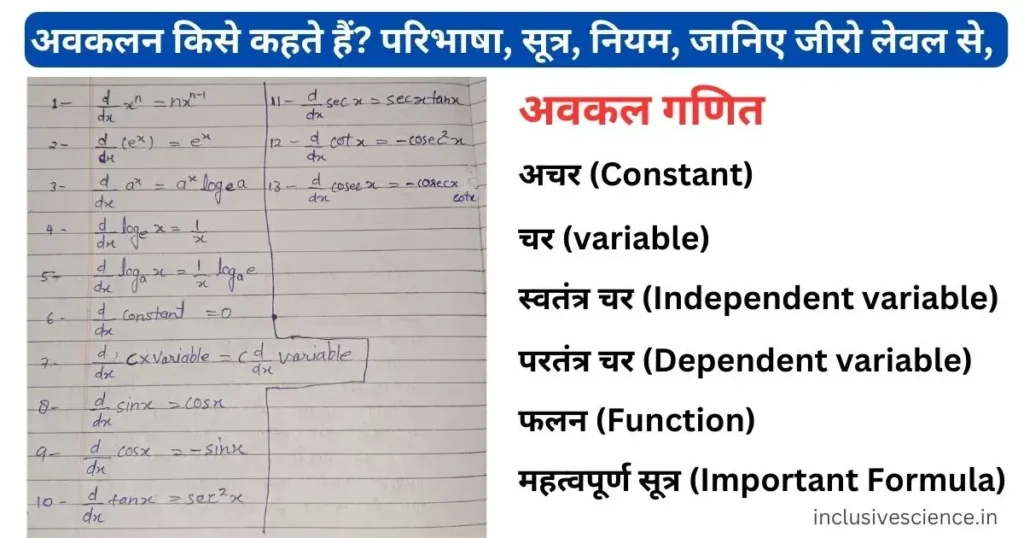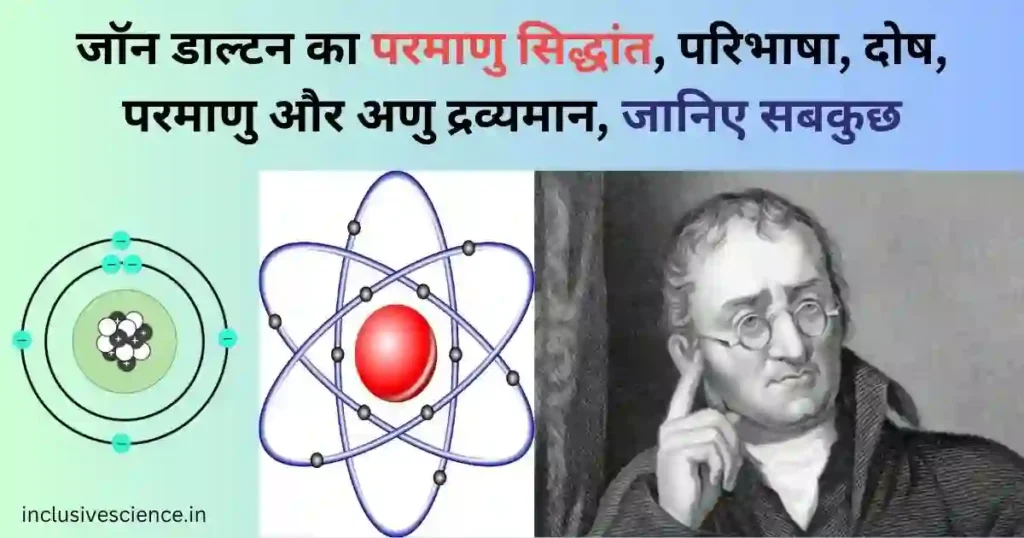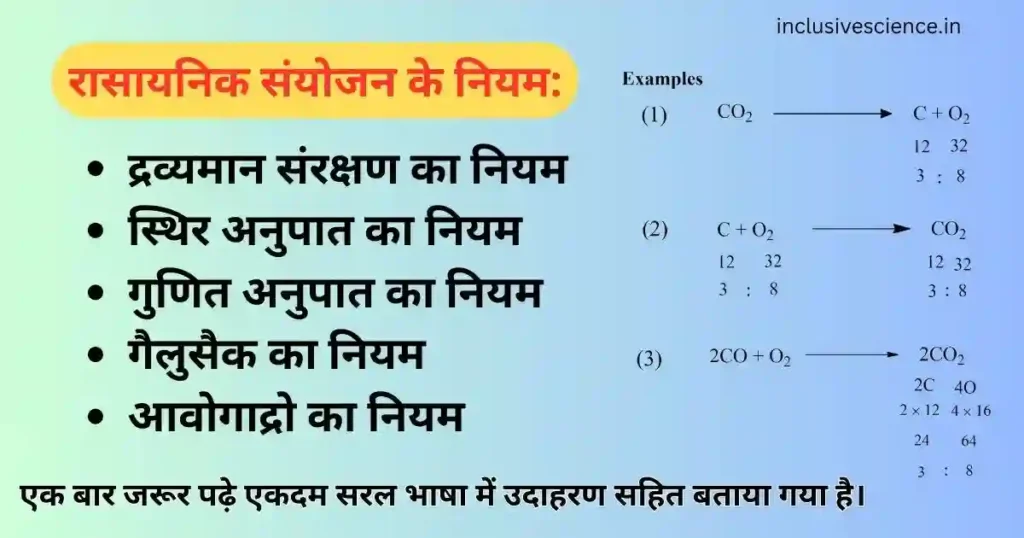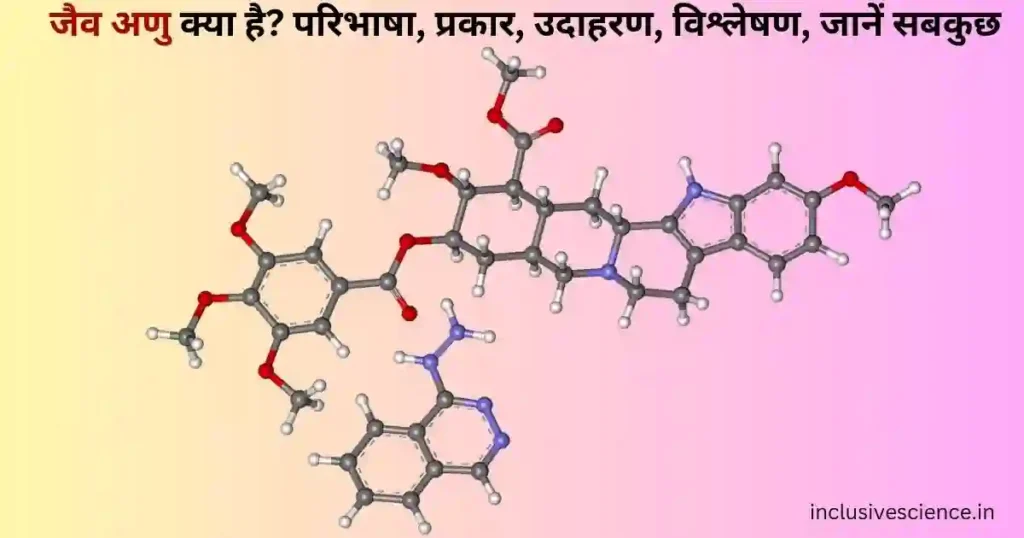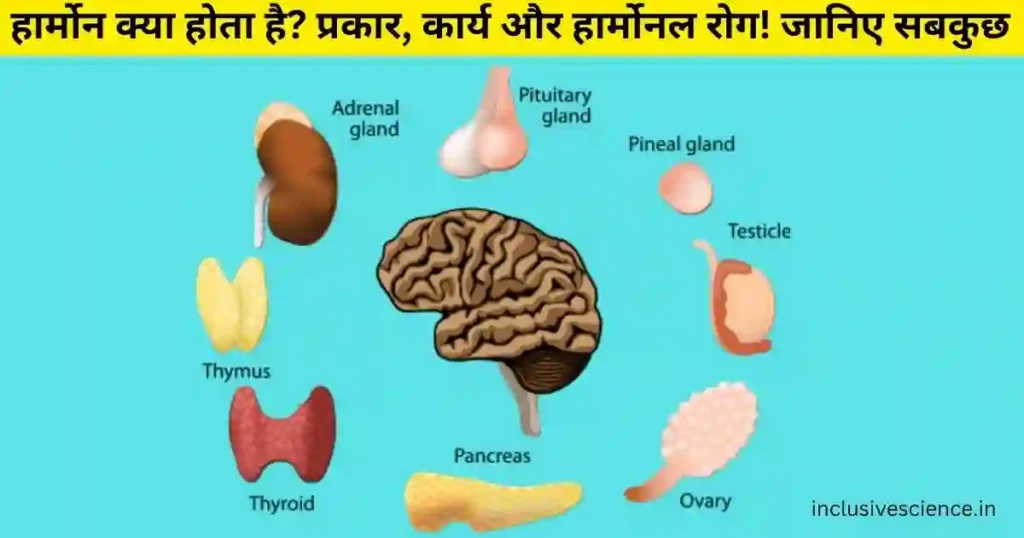Joey Merlino: Biography, Early Life, Learn A-Z
नमस्कार दोस्तों; आज के लेख में हम Joey Merlino के बारे में जानेंगे। जॉय मर्लिनो, जिनका पूरा नाम Joseph Salvatore Merlino है और जिन्हें “Skinny Joey,” के नाम से भी जाना जाता है, का जन्म 13 मार्च, 1962 को हुआ था। वह एक अमेरिकी माफिया सरगना है और उसे फिलाडेल्फिया अपराध परिवार का बॉस माना […]
Joey Merlino: Biography, Early Life, Learn A-Z Read More »


